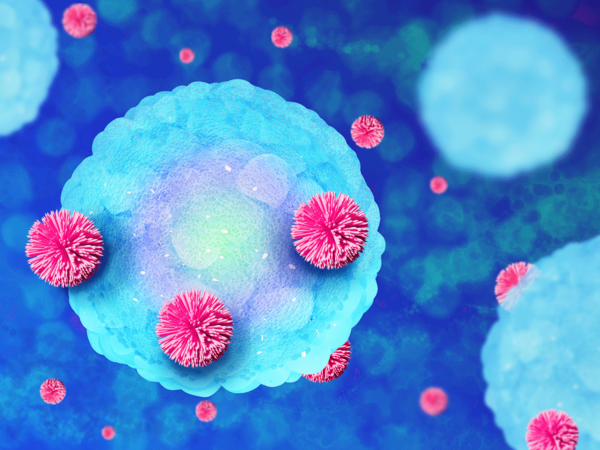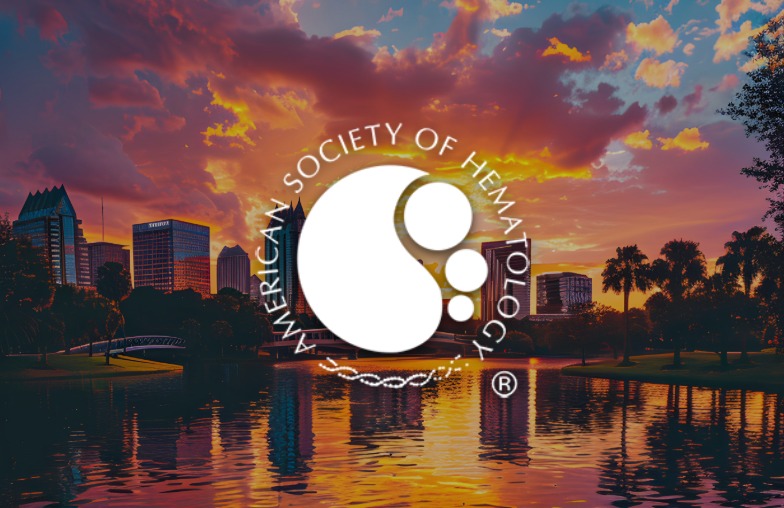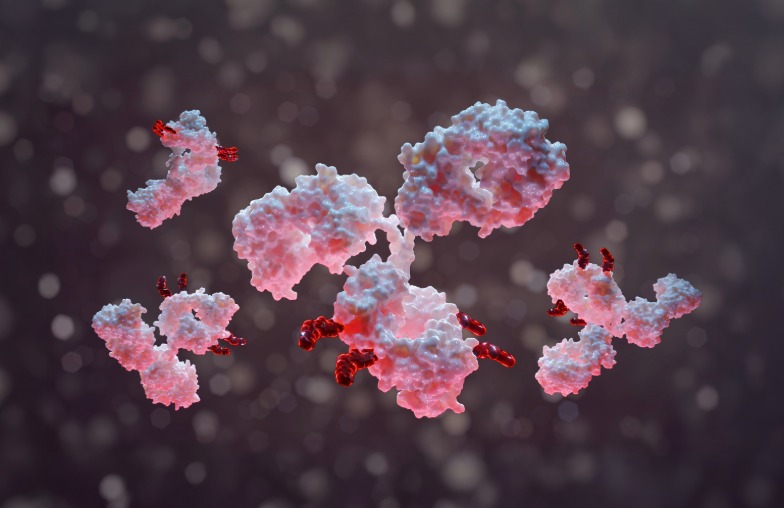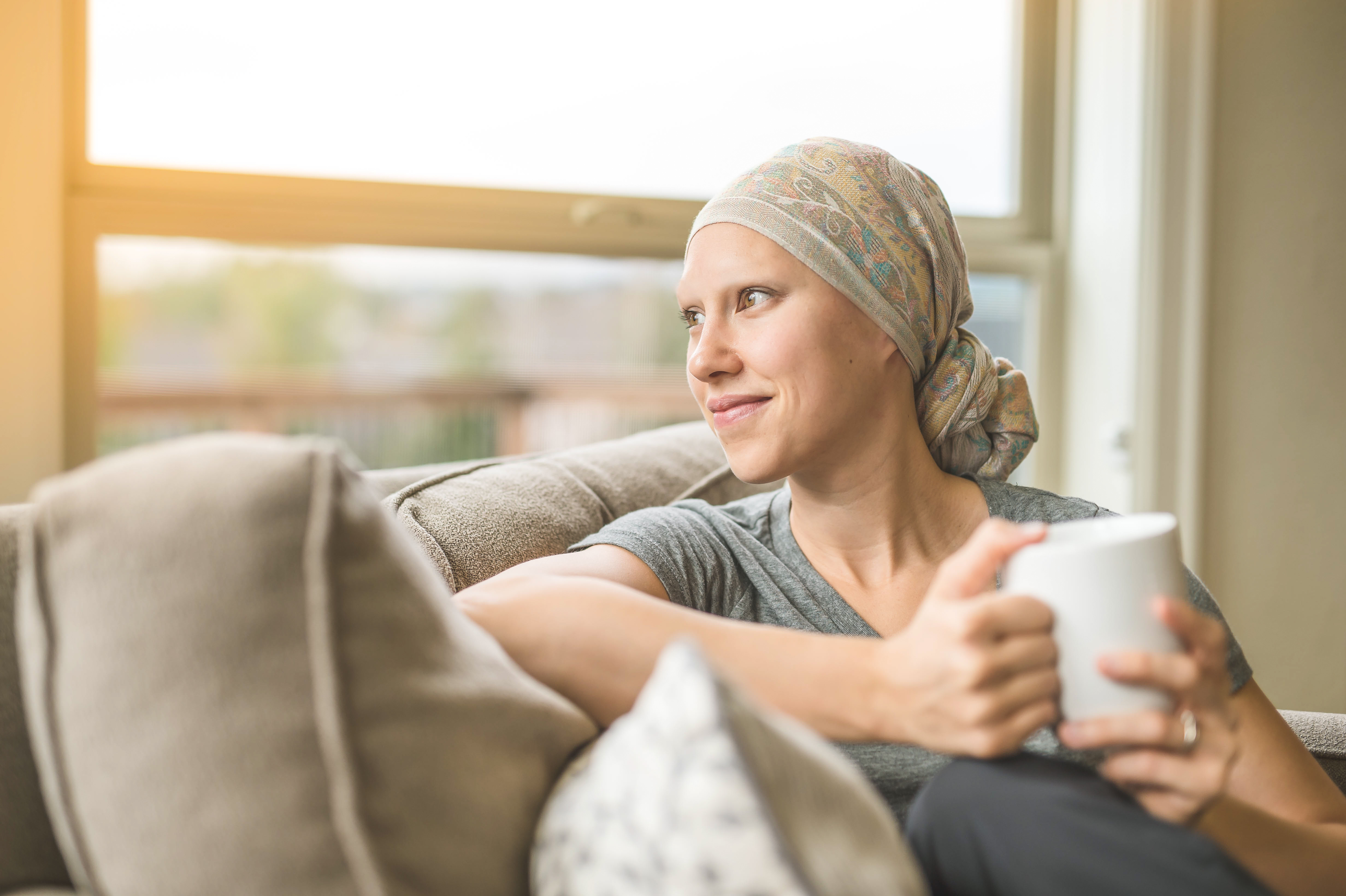Optimizing dose and leveraging biomarkers for enhanced patient safety in immunotherapy trials
HubXchange Immunotherapies brought together almost 40 senior-level scientists and executives from the pharmaceutical and biotech sectors to tackle key challenges in immunogenicity, translational immunology, clinical development, and immune regulation.
During the conference, Catalyst Oncology presented a well-attended keynote “Navigating the Drug Development Pathway in Immunotherapies”. Later in the event, we led a roundtable discussion on “Project Optimus – The Impact on Protocol Design and Requirements” incited insightful, stimulating discussions about the challenges of immunotherapy development and how developers are considering ways to mitigate them.
Through the presentations and other insightful roundtable discussions, meetings, and presentations, this boutique meeting with industry experts covered innovative topics in immunotherapy, including autoimmunity-induced side effects, animal models, clinical trial designs, biomarkers, and safety. The HubXchange conference offers an opportunity to collaborate and engage with other attendees in meaningful one-to-one discussions.
Mechanisms of action and the evolving role of biomarkers in determining safety
While not all participants at HubXchange Immunotherapies work in oncology, the themes were immune focused and centered on finding new biomarkers, assessing surrogate endpoints, and safety. Emerging drug classes, while generally safer, come with their own unique challenges. Though immunotherapies can help immune systems fight cancer, they can also trigger mild side effects such as flu-like symptoms.
Given the range of immunotherapy categories—immune checkpoint inhibitors, T-cell transfer therapy, monoclonal antibodies, vaccines, and immune system modulators—the complexity and mechanisms of action require deeper understanding. Some types of immunotherapies may cause severe or fatal allergic or other inflammation-related reactions; however, these reactions are rare. Cytokine release syndrome is also a risk for many immunotherapy patients. The industry is entering an age of increased biomarker development to more completely understand the biological complexity.
The conference discussions encompassed challenges, including modulating the immune response to prevent immunogenicity, considering immunology safety for biologics, utilizing omics to identify biomarkers, and incorporating the above topics into trial designs. From what was heard, it is clear that drug developers are focused on patient safety through understanding the mechanisms of action and appropriate markers of disease progression
FDA’s guidance on determining optimal dose in early-phase oncology trials
These themes at HubXchange Immunotherapies parallel the US Food and Drug Administration’s (FDA) guidance Optimizing the Dosage of Human Prescription Drugs and Biological Products for the Treatment of Oncologic Diseases. While the guidance only focuses on oncology assets, the recommendations parallel the pathway in immunotherapies in general. The FDA’s guidance recommends a shift from a maximum-tolerated dose mindset toward embracing the concept of minimally effective and maximally effective doses, thereby fostering the exploration of multiple doses during early-phase trials.
The FDA previously noted trends of high rates of dose reductions and intolerability during new drug application review for targeted agents, suggesting inadequate characterization of drugs prior to registration trials. As immunotherapies often show chronic toxicities in addition to acute ones, the aim is to monitor and ensure that developers can provide robust safety profiles in addition to efficacy.
Leveraging PK-PD modeling to understand dose relationship and selection
Toxicities may be acute, such as those seen in typical dose-finding studies, or they may be chronic low-grade toxicities that are often less characterized pre-registration. Exposure to both these acute and chronic toxicities raise questions of whether drug dosages start at the most appropriate levels. But it also raises questions about extrapolating efficacy data when the resultant dose modifications lead to lower dose intensities.
At a minimum, comparing the minimal biologically active dose—likely estimated from pharmacokinetic-pharmacodynamic (PK-PD) modeling—to the highest tolerable dose will be required to explore if there is a clear differential benefit with acceptable tolerability. Such doses would need to be selected without overlapping PK exposures (i.e., 2-3-fold apart). More limited data from intermediate doses may be integrated to understand the general shape of the dose relationship and guide dose selection.
Differentiating doses will be more challenging when response rates are lower or when interpretation is affected by combinations. While PD endpoints will add to this data, appropriate and accessible PD measures will depend on the modes of action and may require increased tumor biopsies. However, this increase can be mitigated by leveraging advances in radiographic, ctDNA and blood biomarkers, allowing multiple timepoints, scaling back variability, and providing greater accessibility and acceptability to these actions than to biopsies.
HubXchange Immunotherapies provided an intimate atmosphere to hear about the novel, innovative research and development paths being forged by the immunotherapy biotech community.
We can help
With greater than 40% of our active portfolio dedicated to supporting immuno-oncology (IO) trials, Catalyst Oncology has extensive experience advising clients on the best development path for their IO therapy. Discover how we can help ensure your IO assets are ready for FIH testing and a seamless agency interaction by visiting Catalyst Oncology Consulting.



